This dashboard shows information on the data collected by the regional councils and unitary authorities for water quality indicators, analysed as state and trend. Select an indicator to see the historical monitoring data.
-
State
The state is represented by attribute bands in the National Policy Statement for Freshwater Management 2020 for most indicators.
-
Trend
Trend shows how the quality of water is changing over time. Depending on the sampling history duration, five, ten and fifteen year timescales are available:
The Cawthron Institute has worked alongside regional councils to verify the processes and methods used for data collection, laboratory analysis of samples collected, quality assurance and the statistical analysis and interpretation of the results presented.
For more details on each tick, see our 'Can I Trust This Data?' Factsheet.
Lake water quality is being monitored in this region. Davies-Colley et al. (2012) suggest that all councils should monitor lake water quality as part of their State of the Environment Monitoring Programmes, if lakes occur in the region.
All samples were collected using approved field protocols and have been analysed in accredited laboratories.
Data at this site has not had any form of data processing measures applied. Therefore, the data shown here is less robust and needs to be treated with caution.
Data shown for this site has had some form of quality coding applied. Therefore the data shown here is more robust than data without any quality coding.
Samples are collected bimonthly at this site. Proposed national guidelines suggest monthly sampling is required for robust trend analysis. Therefore, any trends shown here are less robust than those calculated from data collected monthly.
Phosphorus
State
Trend
Total Phosphorus sample history at this site
What is this graph showing me?
This graph is displaying Total Phosphorus concentrations over the selected time period. You can adjust this period by changing the dropdowns. These records form the basis for the state and trend indicators displayed on the dashboard.
Find out about how State and Trend are calculated.
What do the attribute band icons mean?
The bands for Total Phosphorus are as outlined in the National Policy Statement for Freshwater Management 2020:
Nitrogen
State
Trend
Total Nitrogen sample history at this site
What is this graph showing me?
This graph is displaying Total Nitrogen concentrations over the selected time period. You can adjust this period by changing the dropdowns. These records form the basis for the state and trend indicators displayed on the dashboard.
Find out about how State and Trend are calculated.
What do the attribute band icons mean?
The bands for Total Nitrogen are as outlined in the National Policy Statement for Freshwater Management 2020:
Nitrogen
State
Trend
Ammoniacal Nitrogen sample history at this site
What is this graph showing me?
This graph is displaying Ammoniacal Nitrogen concentrations over the selected time period. These monitoring data have not been pH adjusted. You can adjust this period by changing the dropdowns. These records form the basis for the state and trend indicators displayed on the dashboard.
Find out about how State and Trend are calculated.
What do the attribute band icons mean?
The bands for Ammonia (toxicity) are as outlined in the National Policy Statement for Freshwater Management 2020:
Algae
State
Trend
Chlorophyll a sample history at this site
What is this graph showing me?
This graph is displaying Chlorophyll a concentrations over the selected time period. You can adjust this period by changing the dropdowns. These records form the basis for the state and trend indicators displayed on the dashboard.
Find out about how State and Trend are calculated.
What do the attribute band icons mean?
The bands for Chlorophyll a are as outlined in the National Policy Statement for Freshwater Management 2020:
Algae
State
Trend
Cyanobacteria sample history at this site
What is this graph showing me?
This graph is displaying Cyanobacteria concentrations over the selected time period. You can adjust this period by changing the dropdowns. These records form the basis for the state and trend indicators displayed on the dashboard.
Find out about how State and Trend are calculated.
What do the attribute band icons mean?
The bands for Cyanobacteria are as outlined in the National Policy Statement for Freshwater Management 2020:
Clarity
State
Trend
Secchi disc depth sample history at this site
What is this graph showing me?
This graph is displaying Secchi disc depth measurements over the selected time period. You can adjust this period by changing the dropdowns. These records form the basis for the state and trend indicators displayed on the dashboard.
Find out about how State and Trend are calculated.
What do the attribute band icons mean?
The grades for Secchi disc depth are defined as follows:
Bacteria
State
Trend
E. coli sample history at this site
What is this graph showing me?
This graph is displaying E. coli concentrations over the selected time period. You can adjust this period by changing the dropdowns. These records form the basis for the state and trend indicators displayed on the dashboard.
Find out about how State and Trend are calculated.
What do the attribute band icons mean?
The bands for E. coli are as outlined in the National Policy Statement for Freshwater Management 2020:
